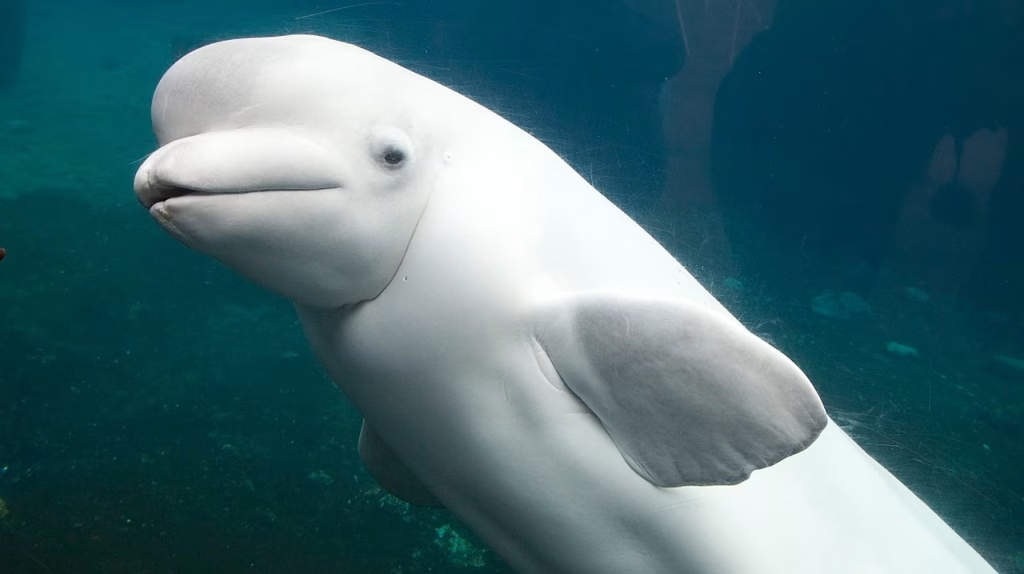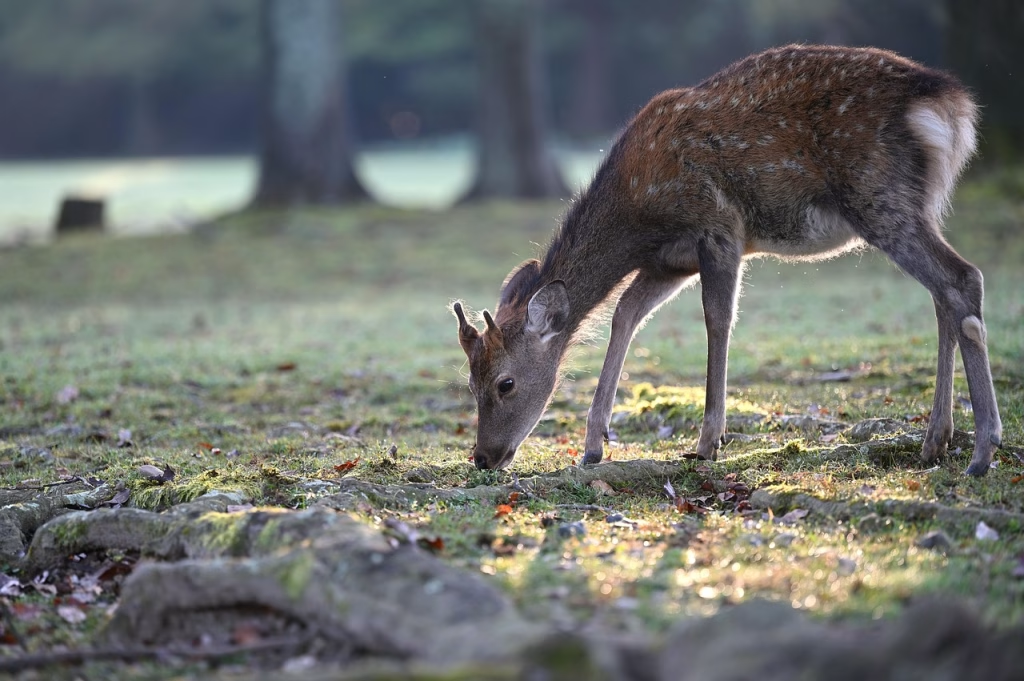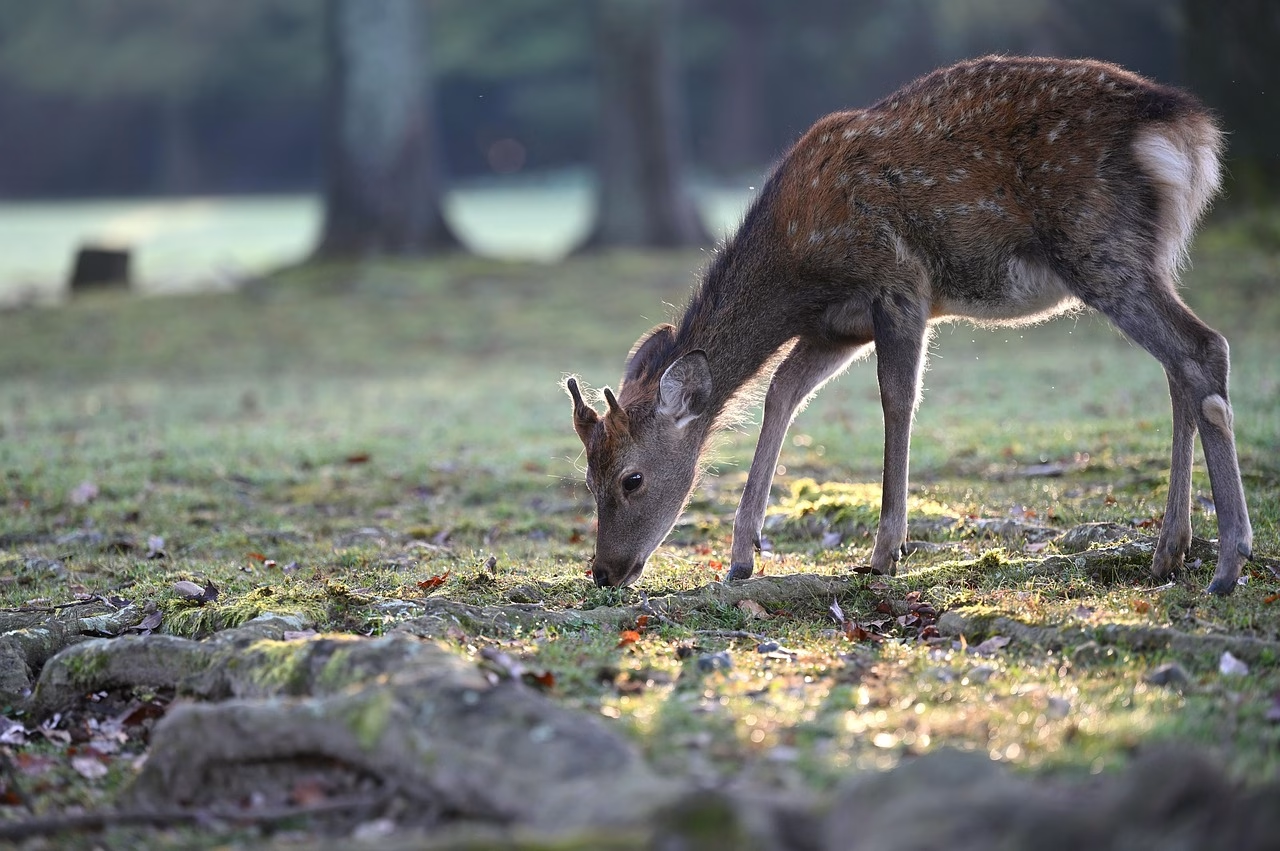The Hidden History in Every Scent
When we think of fragrance, we imagine petals, woods, and citrus, but rarely fur, glands, or oceans. For centuries, animal ingredients have shaped the world’s most iconic scents, linking the luxury of fragrance to the instincts of the wild.
Ancient perfumers discovered that certain animal substances gave depth and endurance to aromas. From temples in Egypt to salons in Paris, these materials were treasured for their ability to transform simple oils into timeless experiences. Yet behind the elegance was a cost few considered, the animals whose lives were folded, drop by drop, into human beauty rituals.
The Animals Behind the Aroma
Ambergris, a waxy material from the digestive system of sperm whales, was once worth more than gold. When aged and refined, it produced a sweet, oceanic warmth that perfumers loved. Although many pieces washed ashore naturally, whales were also hunted for it.

Photo credit: Pixabay
Civet came from the scent glands of civet cats in Africa and Asia. The animals were often confined and scraped for their musk-like secretion. A few drops of civet oil could transform a fragrance, but it came from years of quiet suffering.

Musk originated from male musk deer, hunted for the glands beneath their bellies. The powder created an earthy sensuality in fragrances but drove several deer species to the edge of extinction.
These ingredients built the foundations of the modern fragrance industry, an art form that, until recently, was intertwined with animal exploitation.

From Exploitation to Ethics
The rise of synthetic chemistry changed everything. Scientists learned how to recreate animal scents in the lab, giving perfumers new tools that no longer relied on wildlife. Modern cruelty-free fragrances mimic the warmth of musk, the sweetness of ambergris, and the depth of civet without harm.
Still, the story isn’t over. Some niche luxury brands continue to use animal ingredients, sometimes hidden behind vague labels like “natural fixative” or “amber essence.” Transparency remains one of the fragrance world’s biggest challenges. A simple word like fragrance on a label can hide dozens of undisclosed components, some ethical, others not.
Scent, Memory, and Responsibility
Fragrance has always been about emotion. A single whiff can awaken memory, comfort, or desire. But when scent depends on suffering, beauty loses its meaning. True luxury respects life, it harmonizes human creativity with nature’s dignity.
Every time you choose a cruelty-free fragrance, you’re joining that harmony. The decision may feel small, yet it echoes through every stage of creation, from the laboratory to the lungs that breathe it in.
Pawlore Reflection: The Wild in Every Breath
At Pawlore, we look for the wild roots that connect animals, humans, and art. The history of fragrance reminds us that our senses are built on nature’s generosity, and our responsibility is to honor it.
When you wear a scent, you carry a story. Make it one that uplifts both the wearer and the world that inspired it. Let fragrance be what it was meant to be: a bridge between emotion and ethics, beauty and balance.
Related:


